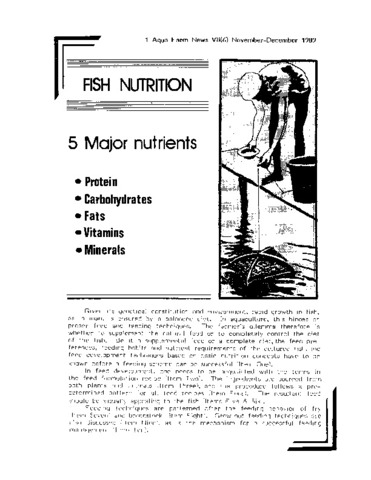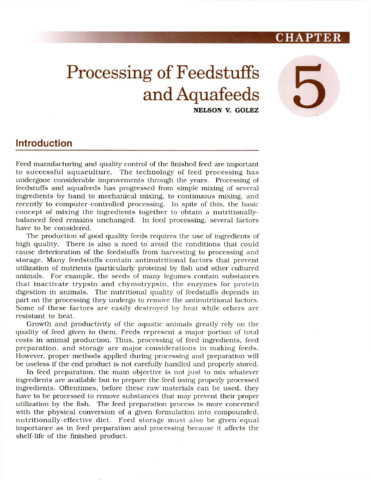Optimum stocking density and feeding level for laboratory‐reared early‐stage silver therapon (Leiopotherapon plumbeus) larvae
Share
Abstract
Growth, survival and feeding of early‐stage silver therapon Leiopotherapon plumbeus larvae reared at different stocking densities and feeding levels were examined. Larvae (8 days post hatch (dph); 0.38–0.50 mg body weight (BW); 5.33–6.90 mm in total length (TL)) were stocked at densities of 5, 15, 25 and 35 larvae/L and co‐fed with live food (Brachionus rotundiformis and Artemia nauplii) and formulated microdiet or fed Artemia alone for 28 days. Another batch of 8 dph silver therapon larvae (0.65 mg BW; 9.47 mm TL) were stocked at 15 larvae/L and were fed 1, 2 or 5 Artemia nauplii/mL for 28 days. Survival at lower densities (5 and 15 larvae/L) was significantly improved than in high‐density reared larvae. Furthermore, larvae fed Artemia alone showed higher survival (20.4%–81.4%) than those offered live food and formulated microdiet combined (3.5%–32.9%) in each stocking density, indicating the suitability of Artemia for early‐stage silver therapon larvae. Growth parameters were significantly affected by stocking density in larvae fed Artemia alone but not in the live food and formulated microdiet co‐fed group. No significant differences in growth and survival were observed in silver therapon larvae reared on three feeding levels. However, higher feed intake at 5 nauplii/mL resulted in significantly higher body lipid contents than those fed 1 or 2 nauplii/mL. The results suggest that larvae held at stocking densities of 5 and 15 larvae/L and fed 5 Artemia nauplii/mL promote maximum growth, survival and higher feed intake of early‐stage silver therapon larvae under laboratory conditions.
Suggested Citation
Aya, F., Sayco, M. J. P., & Garcia, L. M. (2021). Optimum stocking density and feeding level for laboratory‐reared early‐stage silver therapon (Leiopotherapon plumbeus) larvae. Aquaculture Research , 52(3), 935-942. https://doi.org/10.1111/are.14947
Subject
Collections
- AQD Journal Articles [1249]
Related items
Showing items related by title, author, creator and subject.
-
Fish nutrition
Carreon-Lagoc, Julia; Southeast Asian Fisheries Development Center, Aquaculture Department (Aquaculture Department, Southeast Asian Fisheries Development Center, 1989) -
Management of feeding aquaculture species
Alava, Veronica R. (Aquaculture Department, Southeast Asian Fisheries Development Center, 2002)This chapter teaches the reader to: differentiate the different feeding strategies in pond culture; learn feeding management methods such as stock sampling and record keeping, calculating daily feed ration, choosing ... -
Processing of feedstuffs and aquafeeds
Golez, Nelson V. (Aquaculture Department, Southeast Asian Fisheries Development Center, 2002)This chapter will help the reader understand and appreciate the basic principles of processing, preparation, storage, and quality control in the preparation of aquafeeds. The material in this section is presented in sequence ...





